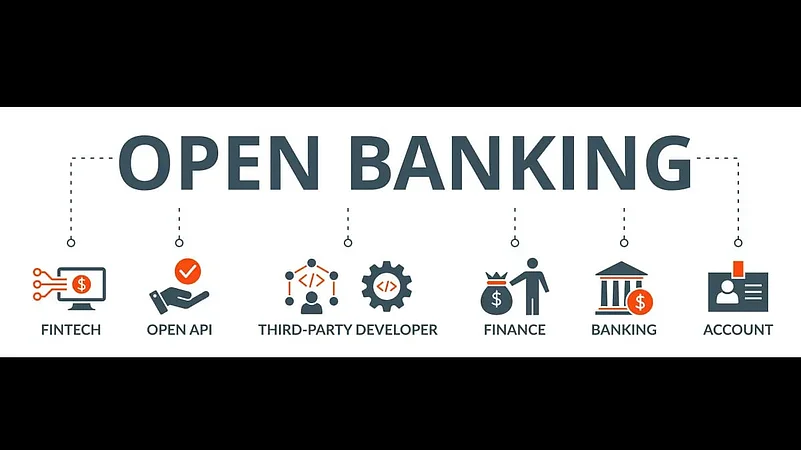According to a report titled “The Future of Payments 2022”, published by the UK-based Finextra Research, some 24 million people in over 60 countries have adopted open banking.
“Irrespective of whether open banking has been driven by regulation, market players, state of maturity or approach taken, open banking represents a global phenomenon,” said Liliana Fratini Passi, CEO of the cross-border digital payment services company CBI.
He said in the report that open banking has fostered digitalisation, benefiting new collaborative ecosystems, where “each player can contribute to sustainable, circular economic growth and value creation, through enhanced services, secure functionality and interoperability.”
Passi noted that in a rapidly changing market, with increased competition and blurred industry lines, open banking is a ‘win-win’ scenario and an “inevitable first step towards open finance.”
Souparno Bagchi, COO, Balancehero India, a digital lending platform, said, that thanks in largely to open banking, the end to end digital footprint and traceability of any transaction, "common access and sharing of privileged and central / referential information, pattern analysis, anomaly detection abilities have to great extent strengthened both detective and preventive controls to mitigate payment fraud risk."

Current Banking And Payment Industry Trends
According to Passi, the global payment landscape has changed radically in recent years with consumers turning to digital solutions.
Because of increased consumer knowledge, confidence, and demands in digital payments, the banking and payment industry has also been transforming to meet the needs.
However, some teething problems remain. Siamac Rezaiezadeh, director of product marketing at the online payments processing company GoCardless, said,” Despite best efforts, the current fraud-fighting methods are not yielding the desired results.”
He added that these days “businesses have had to choose from payment solutions that come at a higher cost, offer a low ROI, or add friction to a customer’s checkout experience.”
Rezaiezadeh praised the direct debit payment mechanism as an “excellent payment method for recurring revenue cases”.
He said that “Switching from card to bank pay has helped businesses to reduce churn and improve cash flow.” However, direct debit isn’t without risks, Rezaiezadeh added.
Bagchi explained that in simpler terms, open banking is the ability of traditional and new age financial institutions to connect and collaborate digitally in a safe, secure and near real time manner to enable various business transactions.
"Therefore, one might refer to offerings from the India stack repertoire in the form of UPIs (unified payment interface), Account Aggregator (AA), KYC (know your customer) authentication mechanisms, alternate and decentralized supply chain finance, P2P / digital lending, industry and regulatory sandboxes as bright examples of open banking and open banking enablers in India," added Bagchi.
What Role May Open Banking Play In Curbing Payment Frauds?
According to Rezaiezadeh, open banking APIs (application protocol interface) provide a gateway to untapped data, which is “powerful when combined with bank-to-bank payments.”
“Verified identity information, current and historical bank account balances and transactional behaviour can now be incorporated into risk models to provide much more accurate risk profiling,” he added.
The next logical question is whether businesses should use open banking technology to verify bank details. According to Rezaiezadeh, “put simply - yes. It’s rare that businesses don’t have the ambition to scale and, without the proper payments strategy in place early, inconveniences grow to become issues.”
He added that bank account verification will ease the “current pressures of fraud. But there isn’t just one type of fraud that businesses need to manage and minimise.”
"Instant KYC reference, cross referential multi-factor authentication and centralized information sharing mechanism on financial crime have been at the core of a more secure payments ecosystem," added Bagchi.
The Future of Open Banking In Payments Fraud Prevention
Regarding the future of open banking, Rezaiezadeh said that the next step is exploring how open banking can be combined with “payment data to not only verify accounts but to also predict upfront whether a payer is likely to be fraudulent, monitor for suspicious activities, and to also challenge unfair chargeback activities.”
“This type of innovation doesn’t happen overnight, but with fraud currently costing the global economy over $5 trillion each year, it will be worth the wait,” Rezaiezadeh added.














